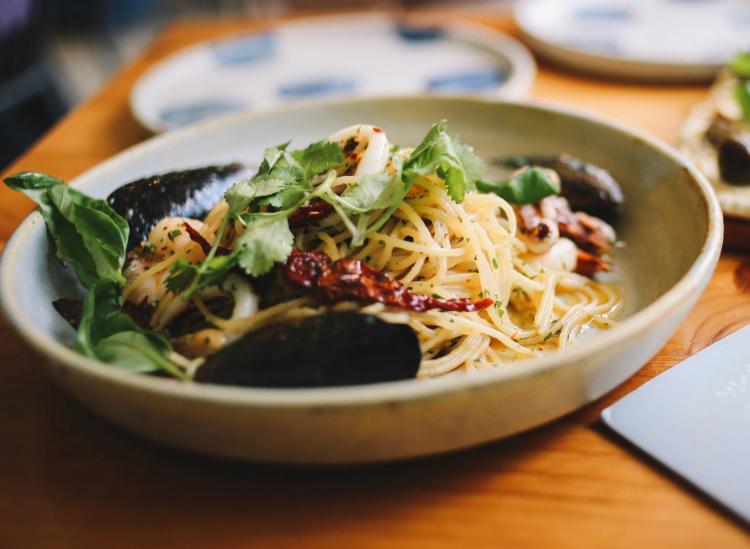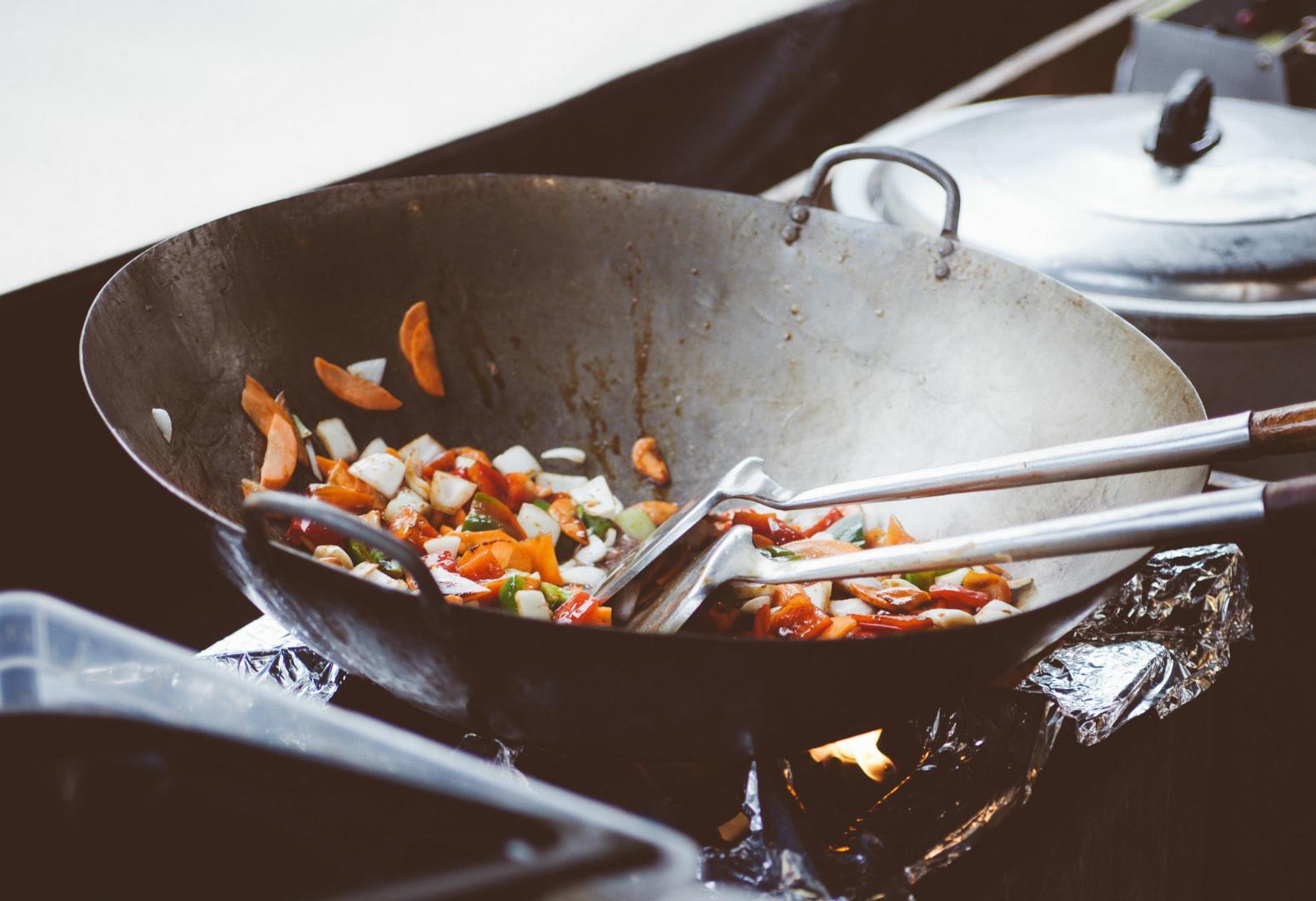5 Simple Cooking Mistakes You’re Probably Making And How To Avoid Them

Unsplash
Mistakes are good. They’re how we learn, but after you make the same mistake a certain number of times, it’s safe to say you should come up with a new plan. Sometimes, you don’t even realize you’re doing anything wrong until your food comes out weird. Here are some common cooking mistakes in the kitchen and how to avoid them.
1. Overcrowding Your Pans
When you’re in a rush, it’s easy to throw everything into a pan and walk away, but depending on what you’re trying to accomplish, you may want to be a little more careful. When you overcrowd your pan, you end up steaming your food, which just makes everything mushy.
If you want some caramelization and browning to happen, which gives your food a ton more flavor, you need to give it space to breath. This doesn’t mean you should only add three mushrooms to the pan, you just want a little space in between the pieces of food. You should also avoid layering food if you’re trying to brown it.
2. Drizzling Oil Into Pasta Water
It’s safe to say pasta is universally loved, but there are a ton of mistakes people can make in the short time it takes to cook it. Adding oil to the pasta water might be tempting and it might seem like common sense, but it’s not doing you any favors.
Some people say adding oil to a pot of water prevents it from boiling over and helps to control the water, but it also reduces how much sauce will stick to your pasta. The oil will form a layer across the top of your water (since water and oil don’t mix). As you’re draining the pasta, it’ll get coated with that oil and this makes it hard for sauce to evenly coat it. Unless you’re anti-sauce, leave the oil for later.
3. Throwing Food Into A Cold Pan

Unsplash
Chefs live by this rule: hot pan, cold oil and the food won’t stick. Memorize this phrase and you’ll never have to worry about your food sticking to the pan again or your oil burning. Put your pan on the stovetop, turn up the heat and let your pan heat up for a few minutes. Pour a little cold oil into the pan, just enough to coat the bottom — canola has a high smoke point so it’s better that olive oil for the majority of foods. Tilt the pan and if you see the oil pouring from one side to the other in streaks, you know it’s ready.
4. Waiting Until The End To Taste Your Food
Seasoning is super important during the cooking process. Whether you’re making soup, mashed potatoes, chili or anything in between, you should taste your food while you’re cooking, not just at the end as you’re ready to serve it. Taste it and see if it needs more salt, pepper, something acidic or something sweet. If you season throughout the cooking process everything will become incorporated. You don’t want to end up with a mouthful of salt.
5. Playing With Your Food Too Quickly
Cooking when you haven’t eaten in hours is tricky because you’re usually rushing. No one wants bland food. Color means flavor and in order for this to happen, you have to have a little bit of patience. When it comes to protein, once you heat the pan, add your oil and season your meat, you’ll want to lay it down gently in the pan and then let it be. Don’t try and play with it right away. It’ll release on its own when it’s ready and then you can easily flip it over and you won’t have to worry about your food sticking.
Once you know these easy-to-follow techniques, your cooking will be that much better.











